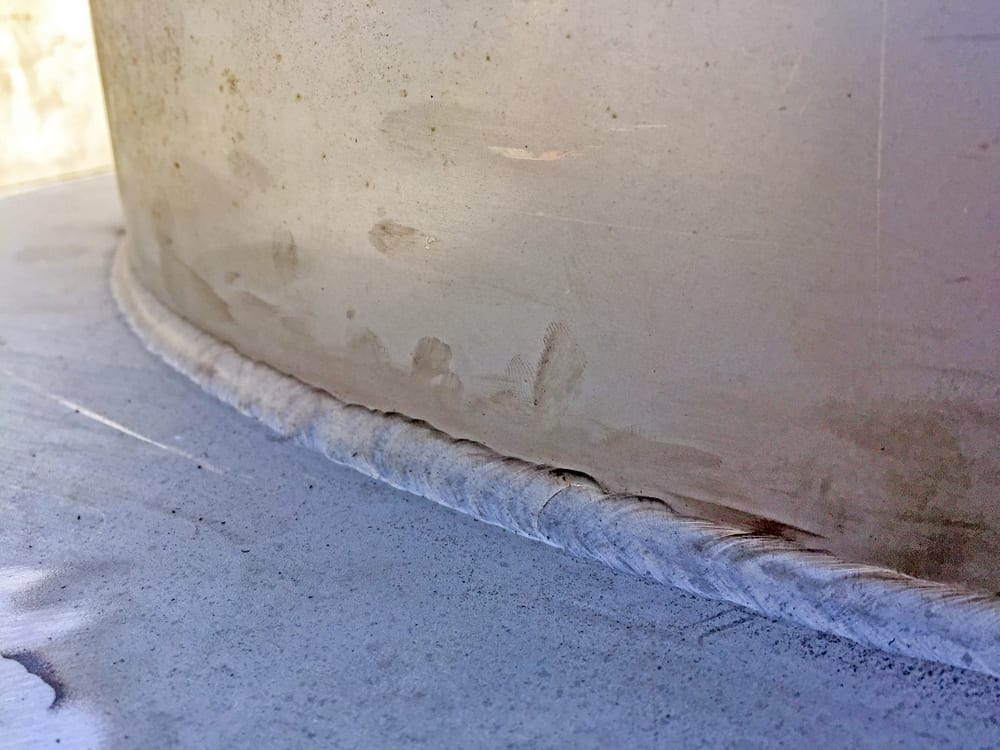Reliable Ways to Prevent Weld Undercut in Your Welding Projects
Reliable Ways to Prevent Weld Undercut in Your Welding Projects
Blog Article
Understanding the Art of Welding: How to Avoid Undercut Welding Issues for Flawless Fabrication Results
Effectiveness and accuracy are critical worldwide of welding, where even the smallest imperfection can endanger the architectural honesty of a produced piece. One common challenge that welders face is damaging, a problem that can lead and weaken a weld joint to expensive rework. By recognizing the origin of undercut welding and carrying out reliable techniques to avoid it, welders can boost their craft to new degrees of quality (Preventing weld undercut). In the search of flawless fabrication results, mastering the art of welding to avoid undercut issues is not just an ability but a requirement for those striving for excellence in their job.
Comprehending Undercut Welding

To protect against undercut welding, welders need to make sure appropriate welding criteria, such as adjusting the existing, voltage, travel speed, and maintaining the proper electrode angle. By comprehending the reasons of undercut welding and applying preventive measures, welders can attain top notch, structurally sound welds.
Reasons For Undercut in Welding
Understanding the elements that contribute to damage in welding is vital for welders to generate premium, structurally sound welds. Poor welding current or incorrect welding rate can also contribute to damage. Comprehending these reasons and implementing appropriate welding methods can aid stop undercutting concerns, guaranteeing strong and sturdy welds.
Methods to stop Undercutting

To alleviate the danger of damaging in welding, welders can employ calculated welding techniques aimed at boosting the top quality and stability of the weld joints. One effective method is to adjust the welding parameters, such as voltage, current, and travel speed, to make sure appropriate heat input and deposition. Keeping a suitable electrode angle and making certain regular traveling speed can additionally assist protect against undercut. Furthermore, using the proper welding strategy for the specific joint setup, such as weave or stringer grains, can add to minimizing undercutting. Preventing weld undercut.
Employing back-step welding strategies and wikipedia reference managing the weld bead account can also help disperse heat uniformly and decrease the threat of undercut. Regular assessment of the weld joint during and after welding, as well as carrying out top quality guarantee measures, can aid in detecting and attending to undercutting issues without delay.
Importance of Appropriate Welding Specifications
Choosing and preserving proper welding criteria is important for accomplishing successful welds with minimal problems. Welding specifications describe variables such as voltage, present, take a trip speed, electrode angle, and protecting gas circulation price that straight affect the welding process. These specifications should be meticulously readjusted based upon the kind of material being welded, its thickness, and the welding technique employed.
Proper welding criteria make certain the best quantity of warmth is related to thaw the base steels and filler material evenly. If the specifications are established too expensive, it can lead to too much warm input, triggering spatter, distortion, or burn-through. On the other hand, if the specifications are too low, insufficient combination, lack of infiltration, or undercutting may happen.
Quality Control in Welding Workflow

Final Thought
To conclude, mastering the art of welding requires an extensive understanding of undercut welding, its causes, and strategies to stop it. By making certain correct welding criteria and applying quality control techniques, remarkable manufacture results can be accomplished. It is necessary for welders to continually pursue quality in their welding operations to avoid undercut issues and produce top quality welds.
Undercut welding, a common defect in welding procedures, happens when the weld metal doesn't properly fill the groove and leaves a groove or clinical depression along the bonded joint.To avoid undercut welding, welders need to ensure correct welding specifications, such as adjusting the existing, voltage, travel speed, and keeping the right electrode angle. Inadequate welding existing or inaccurate welding rate can additionally add to undercut.To alleviate the risk of damaging in welding, welders can utilize strategic welding methods intended at improving the top quality and honesty of the weld joints.In conclusion, grasping the art of welding calls for a comprehensive understanding of undercut welding, its reasons, and methods to stop click now it.
Report this page